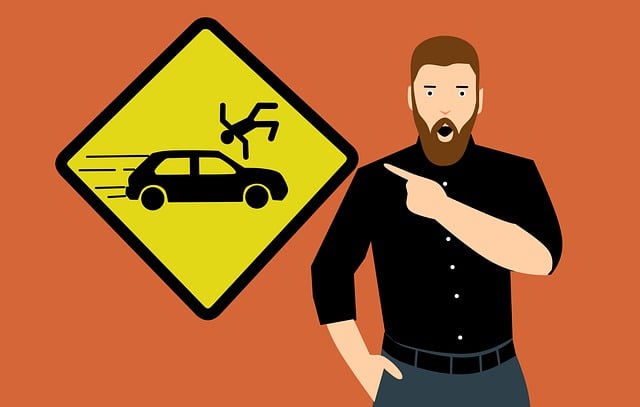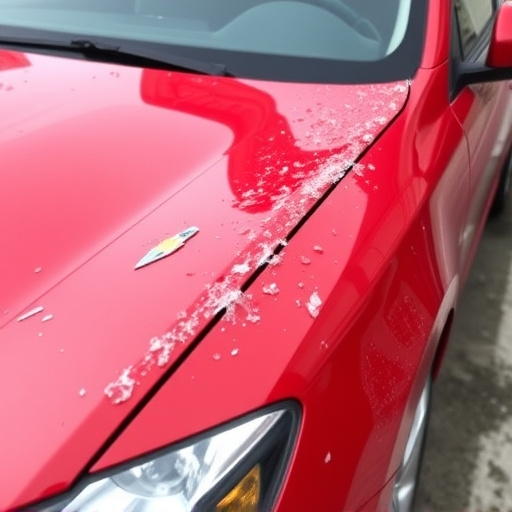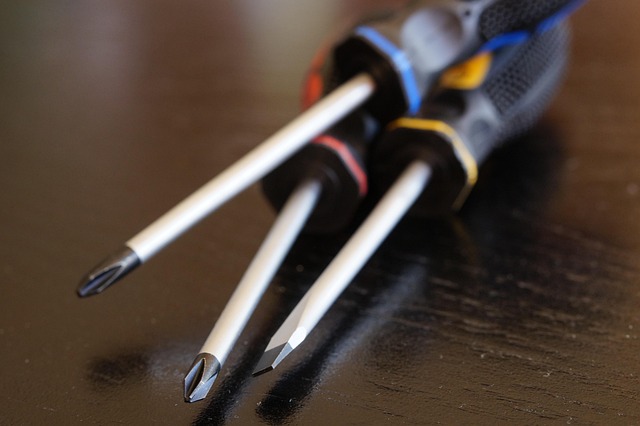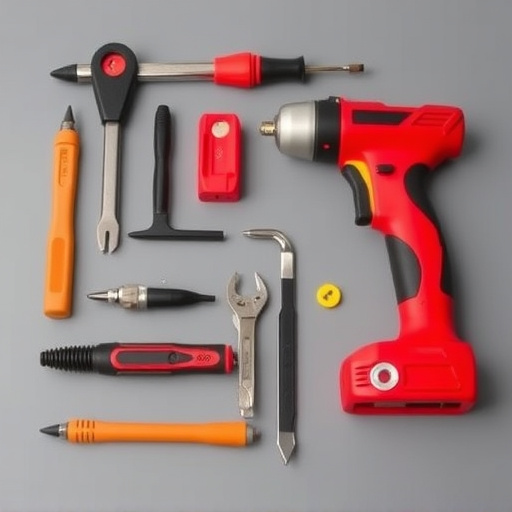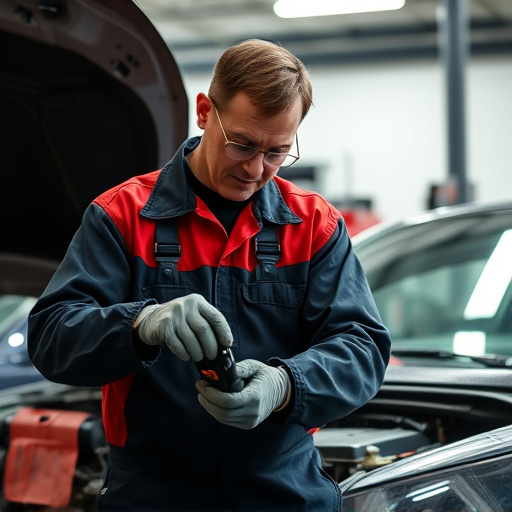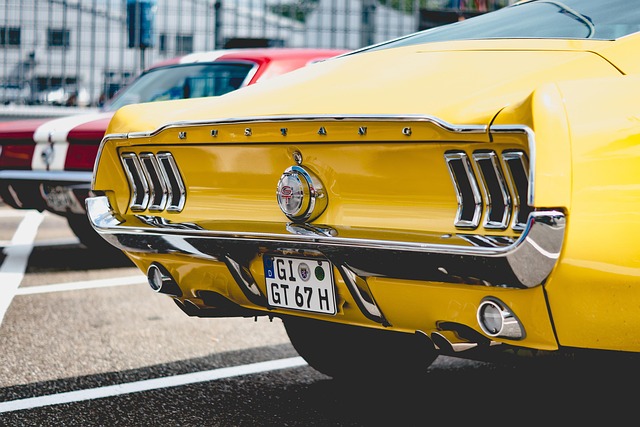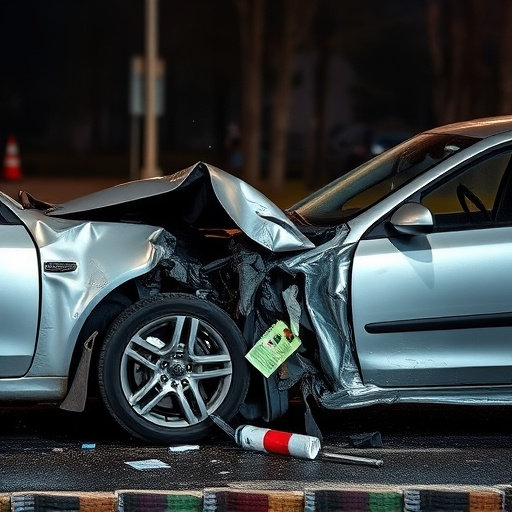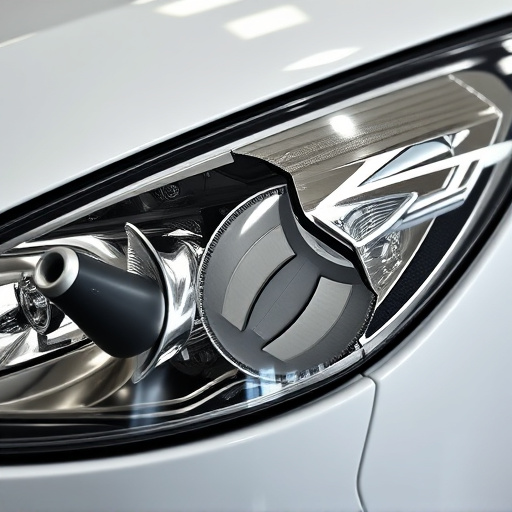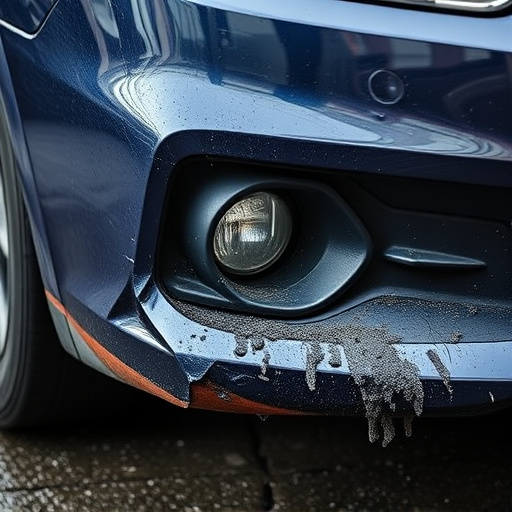Fiberglass panel repair requires assessing damage, cleaning, and using specialized techniques like handlaying new fiberglass or advanced composite materials to restore original finish and structure. Eco-friendly materials, including water-based adhesives, recycled mats, and non-toxic coatings, are smart choices that reduce environmental impact, enhance safety, and drive sustainability in the auto body industry.
“Discover sustainable solutions for fiberglass panel repair with our comprehensive guide. Learn how to identify common damage types affecting these versatile materials and explore eco-friendly methods for restoration. From selecting green materials to adopting efficient techniques, this article offers insights into minimizing environmental impact during fiberglass panel repair. Enhance your knowledge of eco-conscious practices in the industry and contribute to a greener future.”
- Understanding Fiberglass Panel Damage and Repair Methods
- Eco-Friendly Materials for Effective Panel Restoration
- Sustainable Practices in Fiberglass Panel Repair Techniques
Understanding Fiberglass Panel Damage and Repair Methods

Fiberglass panel damage can occur due to various reasons, such as collisions, weather exposure, or accidental dents. Identifying the extent of the harm is crucial before attempting any repair. Cracks, chips, or holes in the fiberglass require specific techniques and materials for effective restoration. The process involves careful preparation, including cleaning and smoothing the damaged area, ensuring a solid foundation for the repair.
Repairs can range from simple touch-ups using specialized paints and resins to more complex bumper or collision repair techniques, depending on the scale of the damage. Automotive repair professionals skilled in fiberglass panel repair employ various methods to match the original finish and structure. This may include handlaying new fiberglass sheets, utilizing composite materials, or applying advanced repairs for specific issues, ultimately aiming to restore the panel to its pre-damaged condition.
Eco-Friendly Materials for Effective Panel Restoration
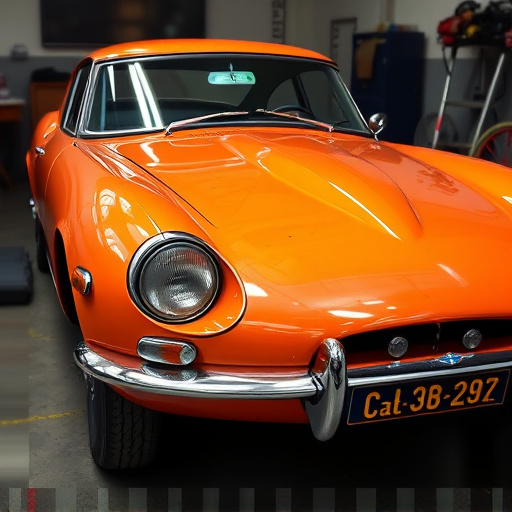
When it comes to repairing fiberglass panels on vehicles affected by fender benders or hail damage, opting for eco-friendly materials is both a smart and sustainable choice. Traditional repair methods often rely on toxic chemicals and non-biodegradable compounds, but modern alternatives offer a greener path. These innovative solutions provide excellent adhesion and strength while minimizing environmental impact. For instance, water-based adhesives and resins have gained popularity as they cure quickly and release fewer volatile organic compounds (VOCs), reducing air pollution.
Using sustainable materials not only benefits the environment but also ensures long-lasting repairs. Fiberglass reinforcement mats, for example, are now available in recycled content, making them an excellent choice for vehicle dent repair. This reduces the demand for new raw materials and diverts waste from landfills, contributing to a circular economy. Additionally, eco-friendly coatings and finishes provide protection without the harmful fumes associated with conventional products, ensuring a safer working environment during hail damage repair processes.
Sustainable Practices in Fiberglass Panel Repair Techniques
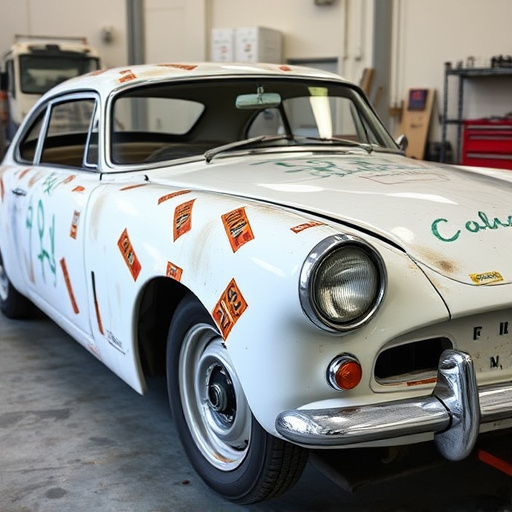
In the realm of fiberglass panel repair, sustainable practices are gaining traction as a responsible and eco-conscious approach to car body repair. Traditional methods often involve hazardous materials and energy-intensive processes, but modern techniques aim to revolutionize the industry. One key focus is reducing waste and utilizing environmentally friendly materials for auto painting and mercedes benz collision repair. By employing innovative repair strategies, technicians can restore damaged fiberglass panels while minimizing their environmental footprint.
These eco-friendly practices include adopting water-based adhesives and coatings, which replace toxic solvents, and implementing efficient sanding techniques to reduce the generation of harmful dust. Additionally, recycling discarded fiberglass materials and components is another sustainable approach, fostering a circular economy within the car body repair sector. Such methods not only contribute to a greener environment but also offer long-lasting solutions for both minor and major fiberglass panel repairs, ensuring vehicles return to their roadworthy conditions with minimal ecological impact.
In light of the above discussions, it’s clear that eco-friendly practices play a pivotal role in the sustainable repair and restoration of fiberglass panels. By adopting these methods, we can significantly reduce environmental impact while achieving effective damage repairs. Embracing eco-conscious materials and techniques not only benefits our planet but also ensures longer-lasting, high-quality panel restorations. For those involved in fiberglass panel repair, integrating these sustainable practices is a responsible step towards a greener future.
